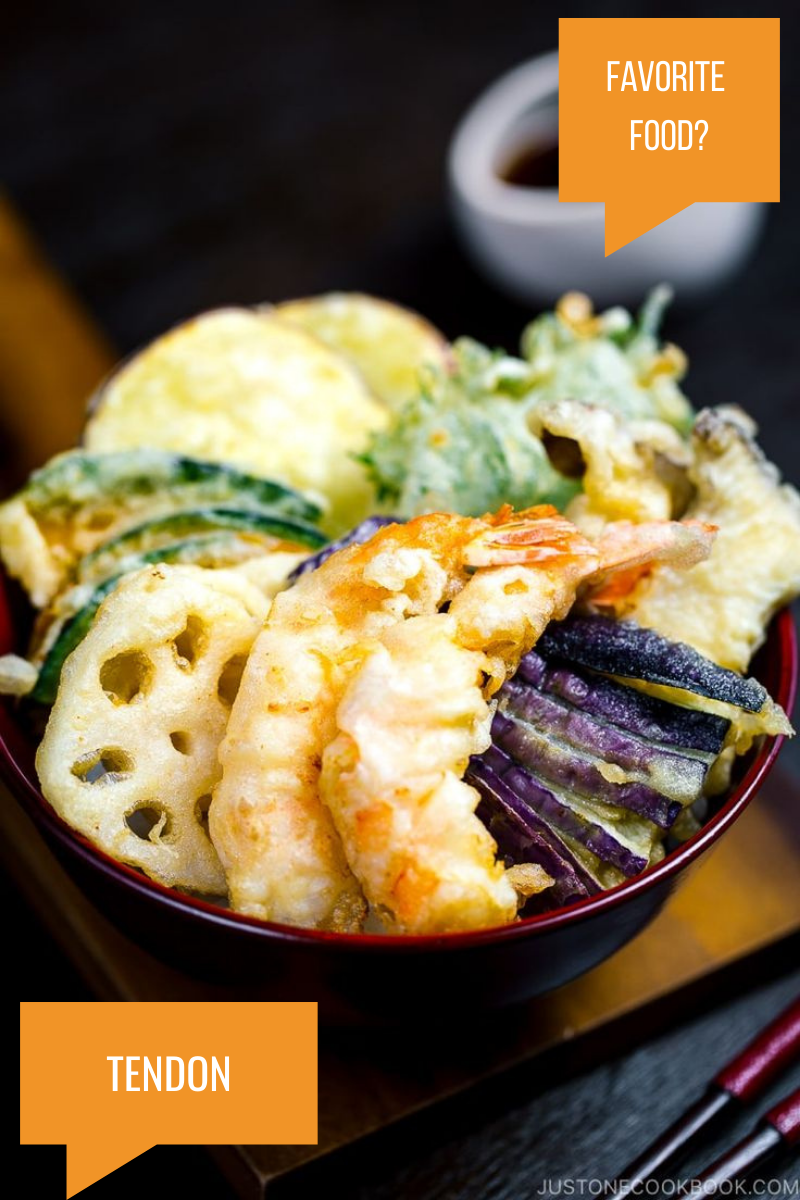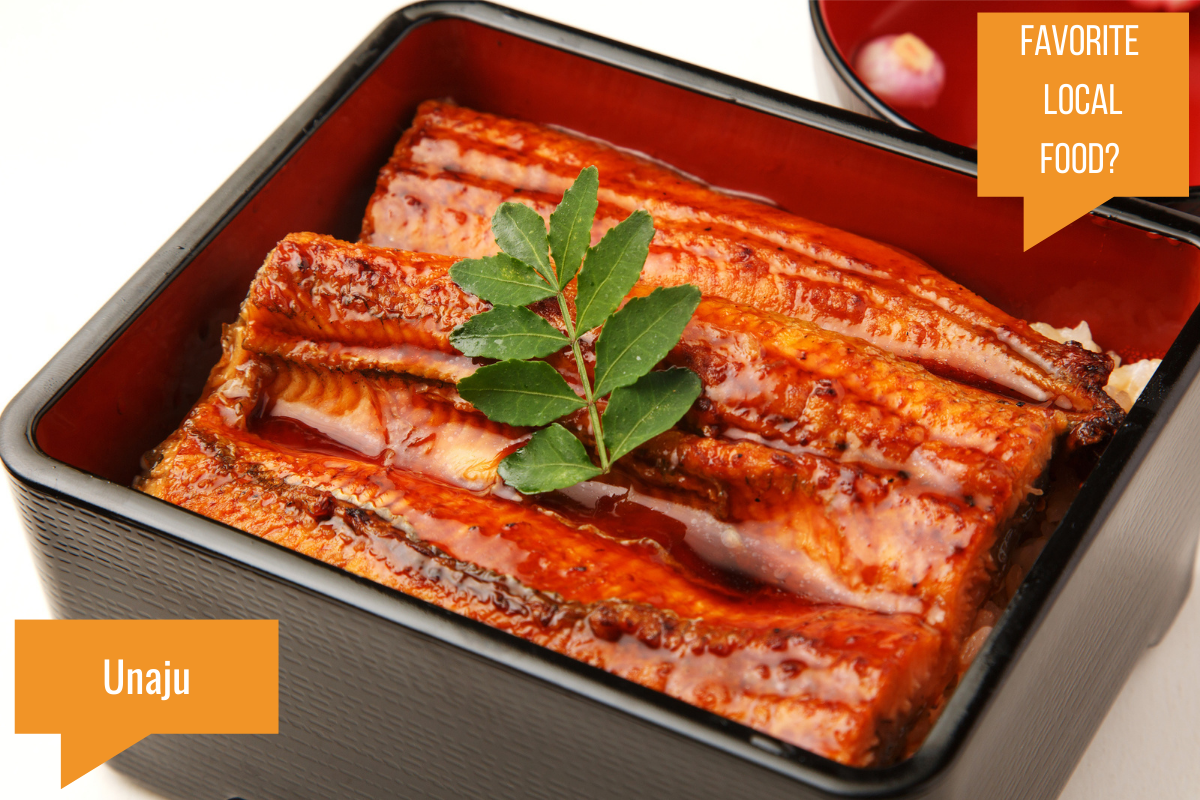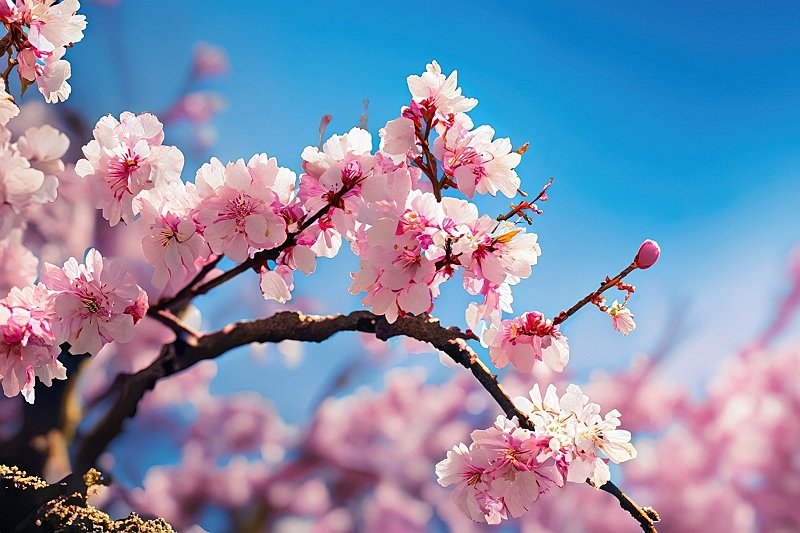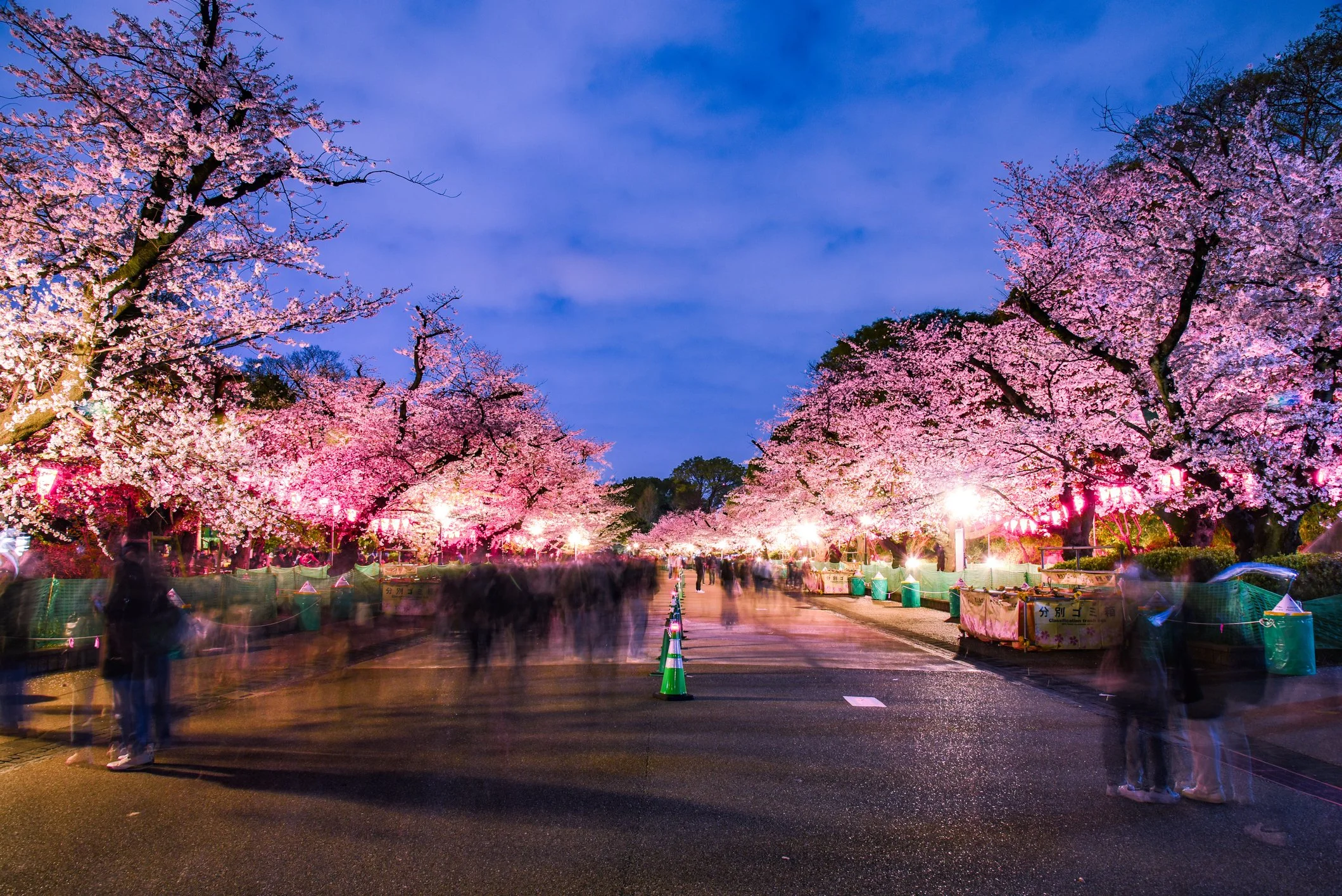Credits: Wikipedia (Formal Portait of Emperor Shōwa in 1935)
If you’re visiting Japan in late April 2025 as part of your Japan tour, you might notice many locals taking time off, museums hosting special exhibits, and a reflective mood in the air. That’s because April 29 marks Showa Day (昭和の日, Showa no Hi)—a national holiday that kicks off Japan’s famous Golden Week, a peak season for both domestic and international travelers.
What is Showa Day?
Showa Day (昭和の日) honors the birthday of Emperor Hirohito, later known as Emperor Showa after his death, who ruled Japan from 1926 to 1989. The Showa Era was a time of dramatic transformation, spanning Japan’s militarization, World War II, and the country's remarkable post-war recovery.
Originally celebrated as the Emperor's Birthday, it later became Greenery Day, and finally, in 2007, was officially named Showa Day to inspire national reflection on the era’s lessons and legacy.
How is it observed?
Unlike more festive Japanese holidays, Showa Day is observed quietly and reflectively. Many people visit historical museums, exhibitions, or serene gardens. It’s also common to spend time in nature—something close to the late emperor’s heart. If you’re traveling in Japan, you’ll find this is a perfect day to enjoy tranquil spaces like Shinjuku Gyoen or the Imperial Palace East Gardens.
The Start of Golden Week
Showa Day also signals the beginning of Golden Week, a string of public holidays that includes Constitution Memorial Day (May 3), Greenery Day (May 4 but will be observed on May 6 this 2025), and Children’s Day (May 5). It’s one of Japan’s busiest travel periods, with many locals taking week-long vacations to relax or return to their hometowns. For tourists, it’s a vibrant time to witness Japanese culture—but also a season when early bookings are essential.
Whether you're a history lover or simply curious about Japanese culture, Showa Day offers meaningful insight into the country's modern journey. It’s not just a day off—it’s a moment of remembrance and appreciation. If you’re planning to explore Tokyo during this season, you can join a private tours in Tokyo. A local guide can help you understand the significance of Showa Day while uncovering lesser-known historical spots that bring Japan’s rich past to life.
Book your Private Customised Tours with us!
Connect with us!






















































